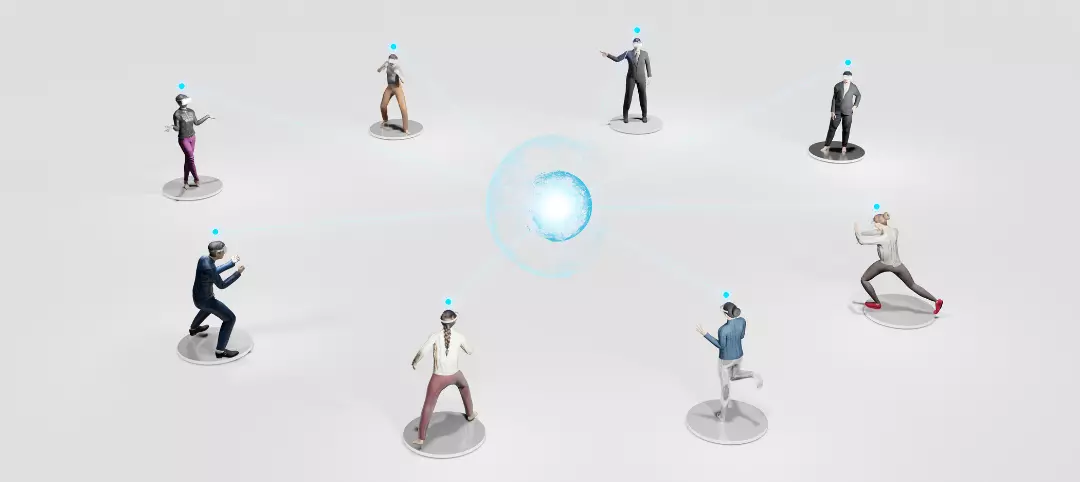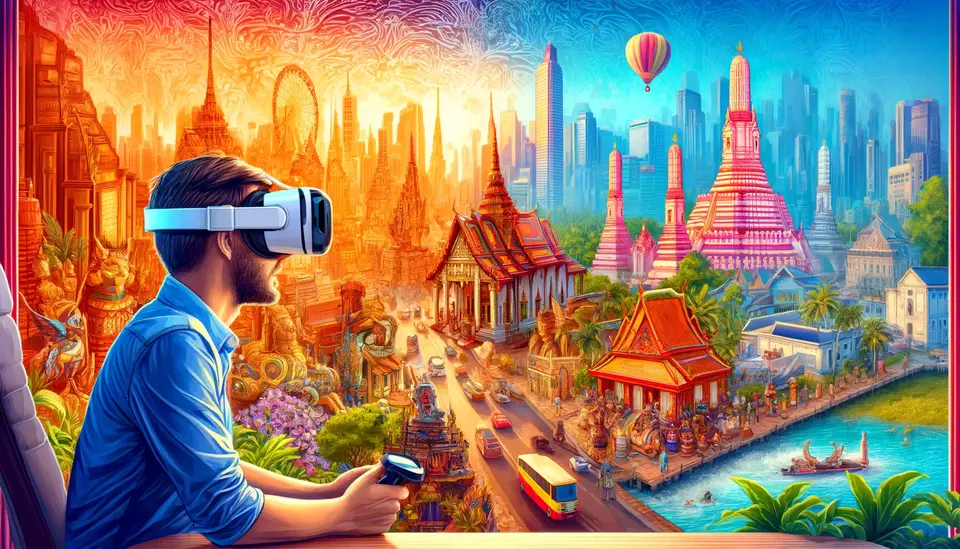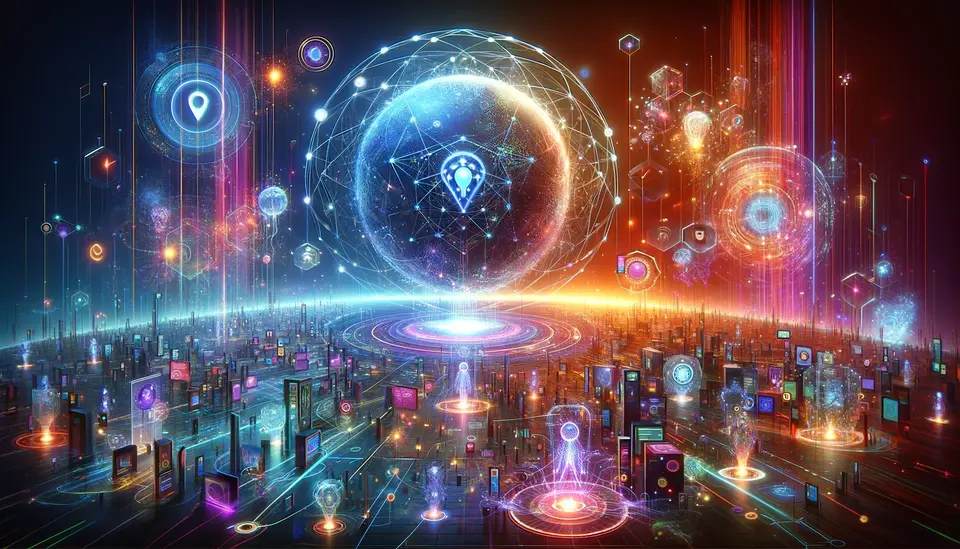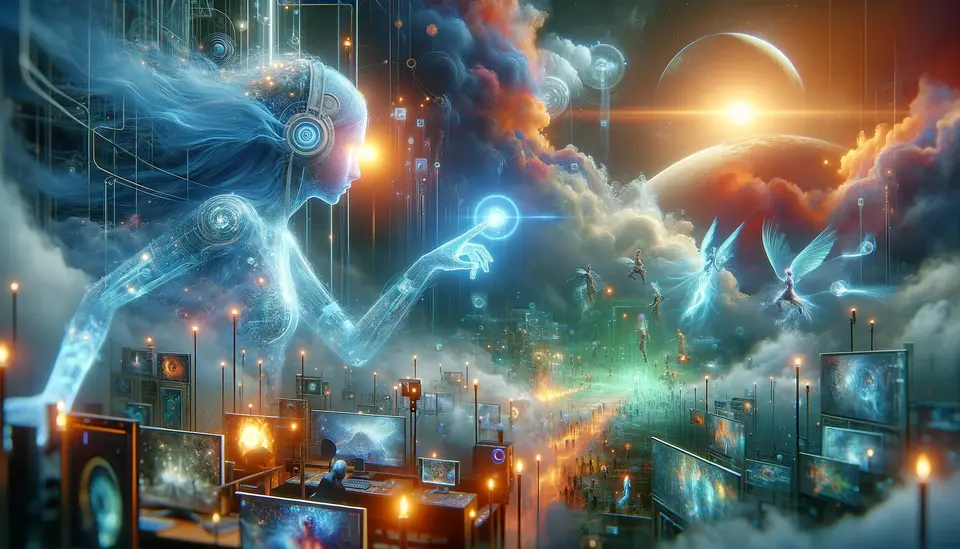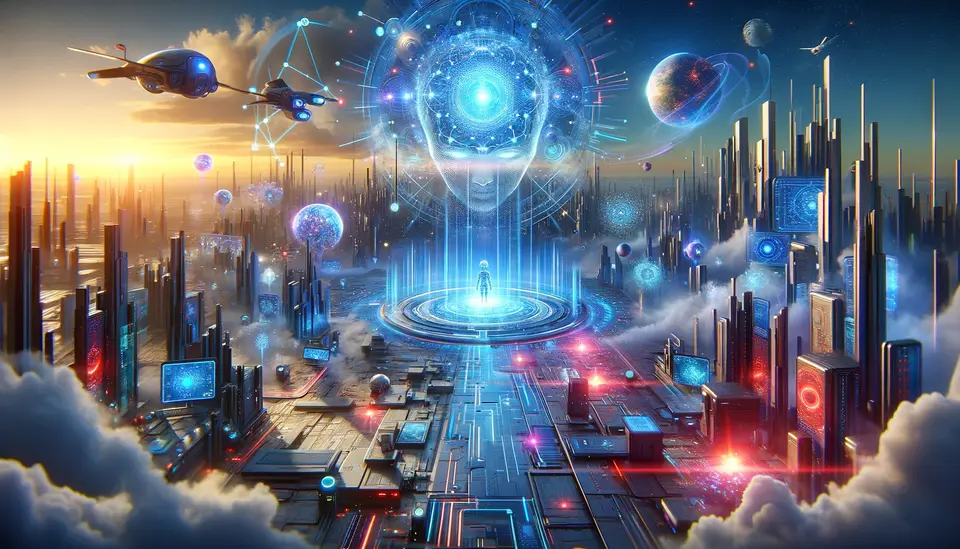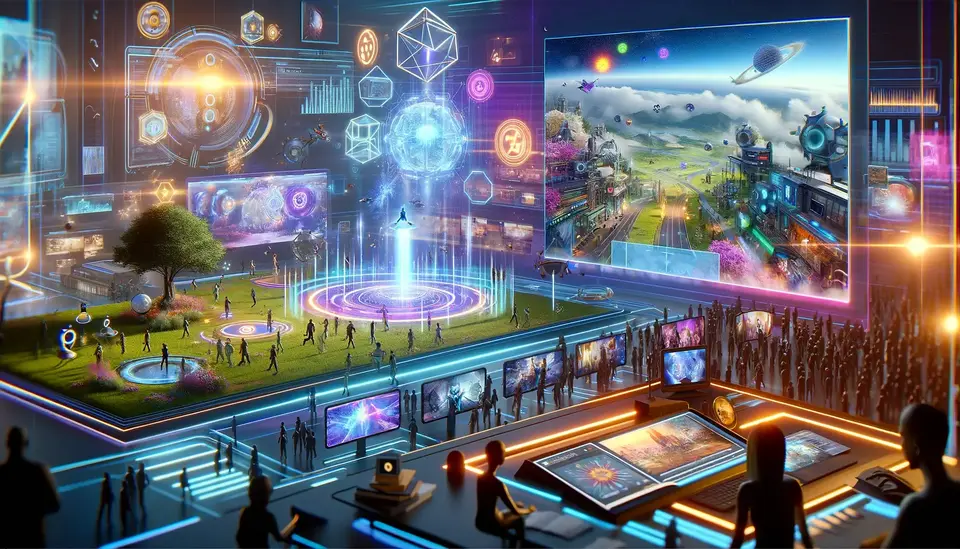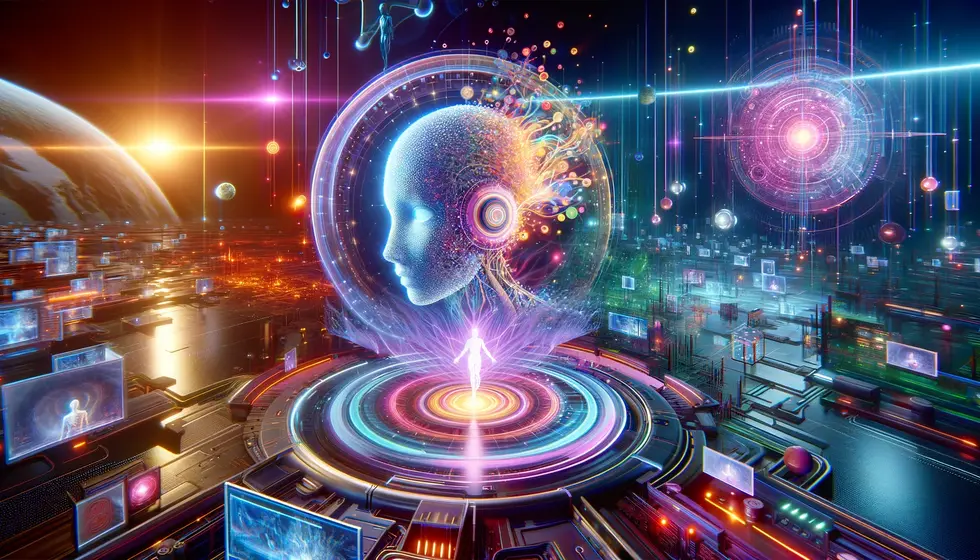All About Metaverse
Posted on April 21, 2023 3 minutes 563 words
Table of contents
The metaverse has captured the imagination of millions worldwide, offering a vision of a seamless, interconnected digital universe. It promises to revolutionize industries, reshape our economy, and redefine how we interact with the digital world. But what exactly is the metaverse? How does it work, and what impact will it have on our lives? In this blog post, we’ll delve deep into the world of the metaverse, exploring its origins, technology, applications, and the future it envisions.
Understanding the Metaverse
At its core, the metaverse is a virtual space where users can interact with each other and digital environments through immersive experiences. Coined by author Neal Stephenson in his 1992 novel “Snow Crash,” the term “metaverse” has evolved from a science fiction concept into a burgeoning digital reality. Today, the metaverse encompasses various technologies, including virtual reality (VR), augmented reality (AR), and the growing ecosystem of interconnected virtual worlds.
Exploring the Technology Behind the Metaverse
The metaverse is built on a foundation of powerful technologies that enable immersive and interactive experiences. These include:
- Virtual Reality (VR): Devices such as VR headsets allow users to step into fully immersive digital worlds, with a sense of presence that feels almost real.
- Augmented Reality (AR): AR glasses overlay digital content onto the physical world, creating a blend of real and virtual experiences.
- Haptic Feedback Devices: These wearables allow users to feel sensations such as touch, texture, and temperature, making virtual interactions even more lifelike.
- Blockchain Technology: Blockchain technology, as a decentralized network and digital asset, provides secure and transparent transactions within the metaverse, facilitating seamless transactions of virtual goods and currency.
Industries and Applications
The metaverse has the potential to disrupt a wide array of industries, including:
- Gaming: Players can access shared virtual worlds, participate in online tournaments, and enjoy new levels of immersive gameplay.
- Entertainment: Concerts, art galleries, and movie theaters can all be experienced virtually, bringing global audiences together.
- Retail: Consumers can shop for virtual and physical goods in 3D environments, trying on clothes or designing their own products.
- Education: Virtual classrooms and interactive learning experiences can revolutionize the way students learn and collaborate.
- Healthcare: Medical professionals can leverage the metaverse for remote consultations, training, and even virtual surgeries.
- Real Estate: Users can tour properties, design spaces, and even buy virtual land in metaverse worlds.
The Social and Economic Impact of the Metaverse
While the metaverse opens up a world of possibilities, it also raises concerns. Socially, it can foster global connections, enable creative collaboration, and inspire innovation. However, issues of addiction, privacy, and digital divide cannot be ignored.
Economically, the metaverse will create new markets, business models, and job opportunities, but it may also disrupt traditional industries and exacerbate inequality.
The Future of the Metaverse
The metaverse is rapidly evolving, with advancements in AI, more realistic simulations, and a wider range of devices. Yet, it still faces challenges such as interoperability, regulation, and ethical considerations. Overcoming these hurdles will be crucial for the metaverse to reach its full potential.
Conclusion
The metaverse presents a bold vision for the future of the digital world. As we venture into this new frontier, we must engage with it critically, embrace its possibilities, and navigate its challenges. By doing so, we can ensure that the metaverse benefits us all and unlocks the incredible potential it holds.

